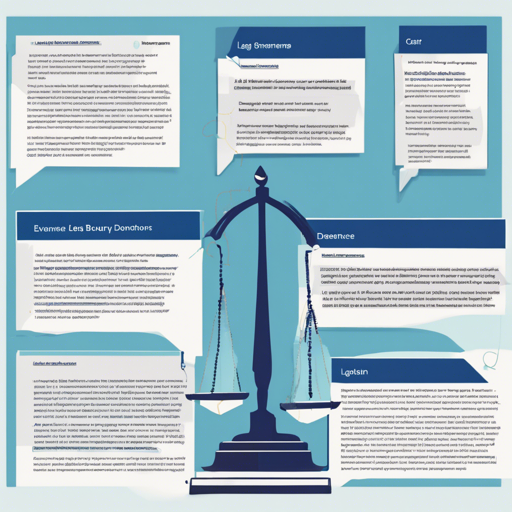In the field of Natural Language Processing (NLP), one of the most critical challenges is Sentence Boundary Detection (SBD). This task becomes particularly complex in the legal domain due to the intricate structures of legal sentences. Fortunately, researchers like Brugger, Sturmer, and Niklaus have curated a groundbreaking dataset called MultiLegalSBD, which aims to empower the development of better SBD models for multilingual legal texts.
Understanding MultiLegalSBD
The MultiLegalSBD dataset consists of over 130,000 annotated sentences across six different languages. By training various models, including CRF, BiLSTM-CRF, and transformers, the authors observed that existing SBD models struggle with multilingual legal data. This blog will guide you on how to utilize this dataset effectively.
Step-by-Step Guide to Using MultiLegalSBD
- 1. Access the Dataset: Start by downloading the MultiLegalSBD dataset from the official repository made available by the authors.
- 2. Set Up Your Environment: Ensure you have the necessary libraries and frameworks installed, such as TensorFlow or PyTorch, to implement machine learning models.
- 3. Preprocess the Data: Clean and preprocess the data according to the specific requirements of your chosen model type (e.g., tokenization, normalization).
- 4. Model Training: Train various models (monolingual and multilingual) on this dataset to evaluate their performance in Sentence Boundary Detection.
- 5. Evaluate Performance: Assess the results of your models against established baselines, especially noting the zero-shot performance on foreign test sets, such as Portuguese.
- 6. Make Improvements: Based on the performance metrics, iterate on your model architecture and preprocessing methods to enhance the model’s accuracy.
The Analogy: Crafting a Legal Document
Imagine writing a legal document – it’s like constructing a building. Each sentence serves as a room, and knowing when to separate these rooms (i.e., sentences) is crucial for making the structure functional. If the boundaries between the rooms are blurred or poorly defined, navigating through the building becomes confusing and chaotic. Similarly, in NLP, clearly defined sentence boundaries ensure accurate interpretation and processing. Just as an architect must understand the layout to build efficiently, a model’s understanding of sentence boundaries is vital for producing quality legal text analysis.
Troubleshooting Common Issues
While using the MultiLegalSBD dataset and training models, you may encounter some challenges. Here are a few troubleshooting tips:
- Model Performance Issues: If your model’s performance is not meeting expectations, consider adjusting the hyperparameters or employing data augmentation techniques.
- Language Coverage Problems: If dealing with a specific language yields unsatisfactory results, ensure that the training data includes sufficient examples for that language.
- Installation Errors: Troubleshooting installation errors often requires verifying package compatibility. Ensure your environment meets all dependencies.
For more insights, updates, or to collaborate on AI development projects, stay connected with fxis.ai.
Conclusion
Enhancing Sentence Boundary Detection through the use of the MultiLegalSBD dataset marks an essential step in improving NLP in the legal domain. The work of Brugger, Sturmer, and Niklaus opens avenues for further research, equipping developers and researchers with the tools they need to tackle this challenging aspect of legal text analysis.
At fxis.ai, we believe that such advancements are crucial for the future of AI, as they enable more comprehensive and effective solutions. Our team is continually exploring new methodologies to push the envelope in artificial intelligence, ensuring that our clients benefit from the latest technological innovations.

